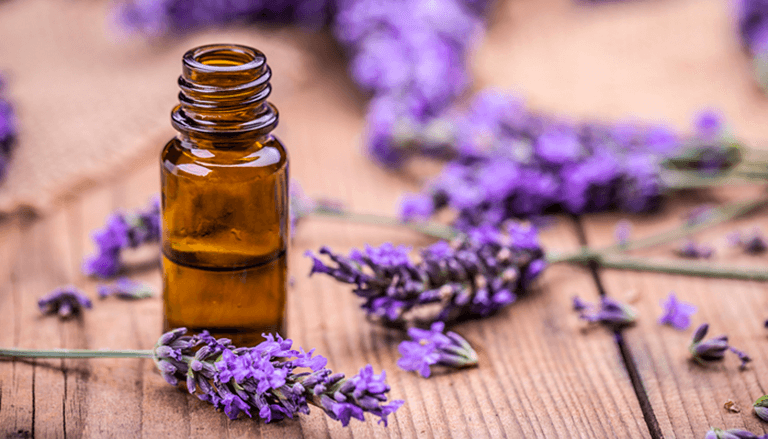by Carly Burleson, Ocean Optics
Abstract
Essential oils have been used for thousands of years in many cultures for medicinal and health purposes, with uses ranging from aromatherapy to household cleaning to holistic medicine. Essential oils are produced by extracting the desired component from plant material, which is a costly and labor-intensive process. This makes these oils prime candidates for adulteration.
Some companies choose to add other chemicals to dilute the essential oil and extend how far the pure essential oil goes. Sometimes these companies will label the new solution as a “blend,” but many times manufacturers will not, leaving consumers with a product that is less pure than stated. Common additives used in dilution are fatty oils, alcohols, other similar oils, surfactants, and emulsifiers.
The authentication of essential oils is important, not only for quality control for producers but for consumer protection [1]. With essential oils, home remedies and holistic medicine becoming more popular, adulterated products are becoming increasingly prevalent. An adulterated essential oil can cause harm to the user whether it is for topical or internal use, especially if it causes a rash or allergic reaction.






